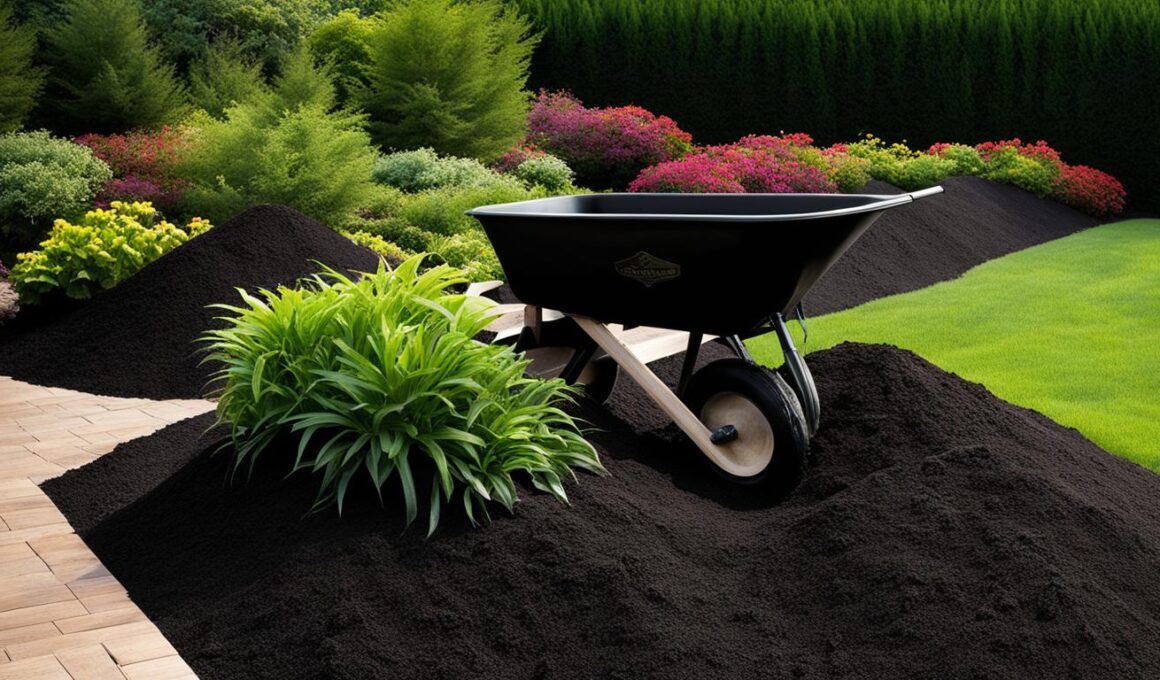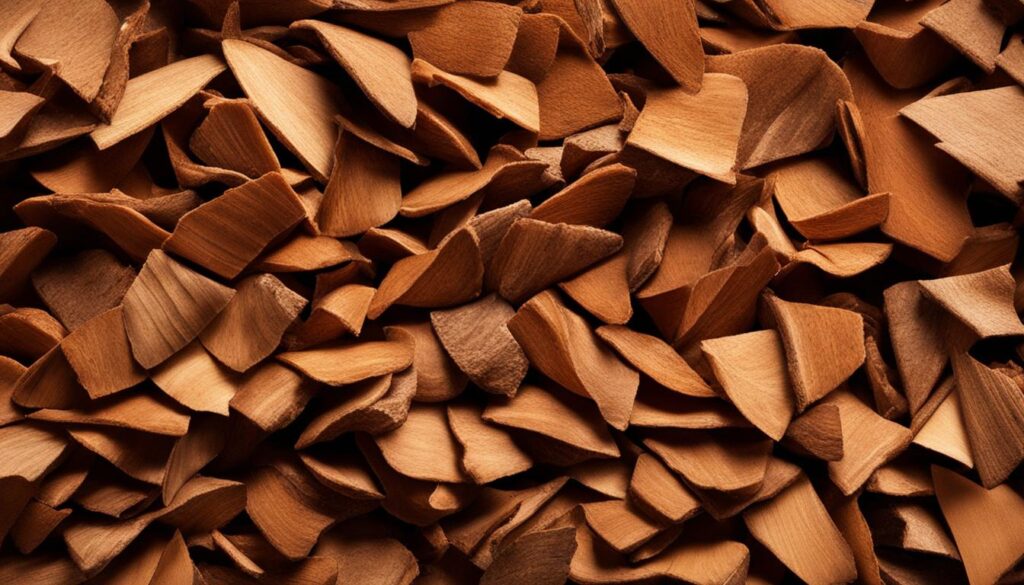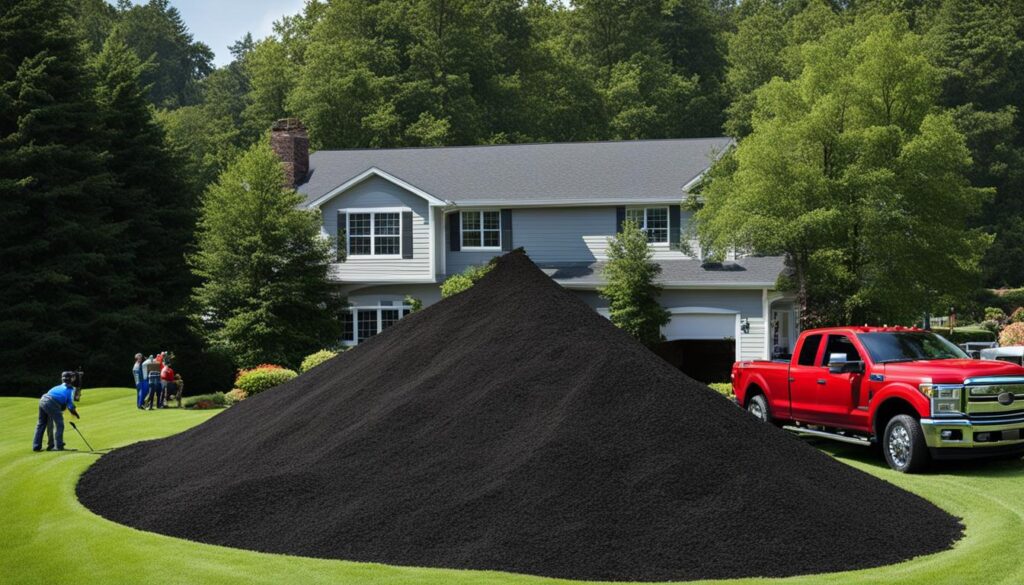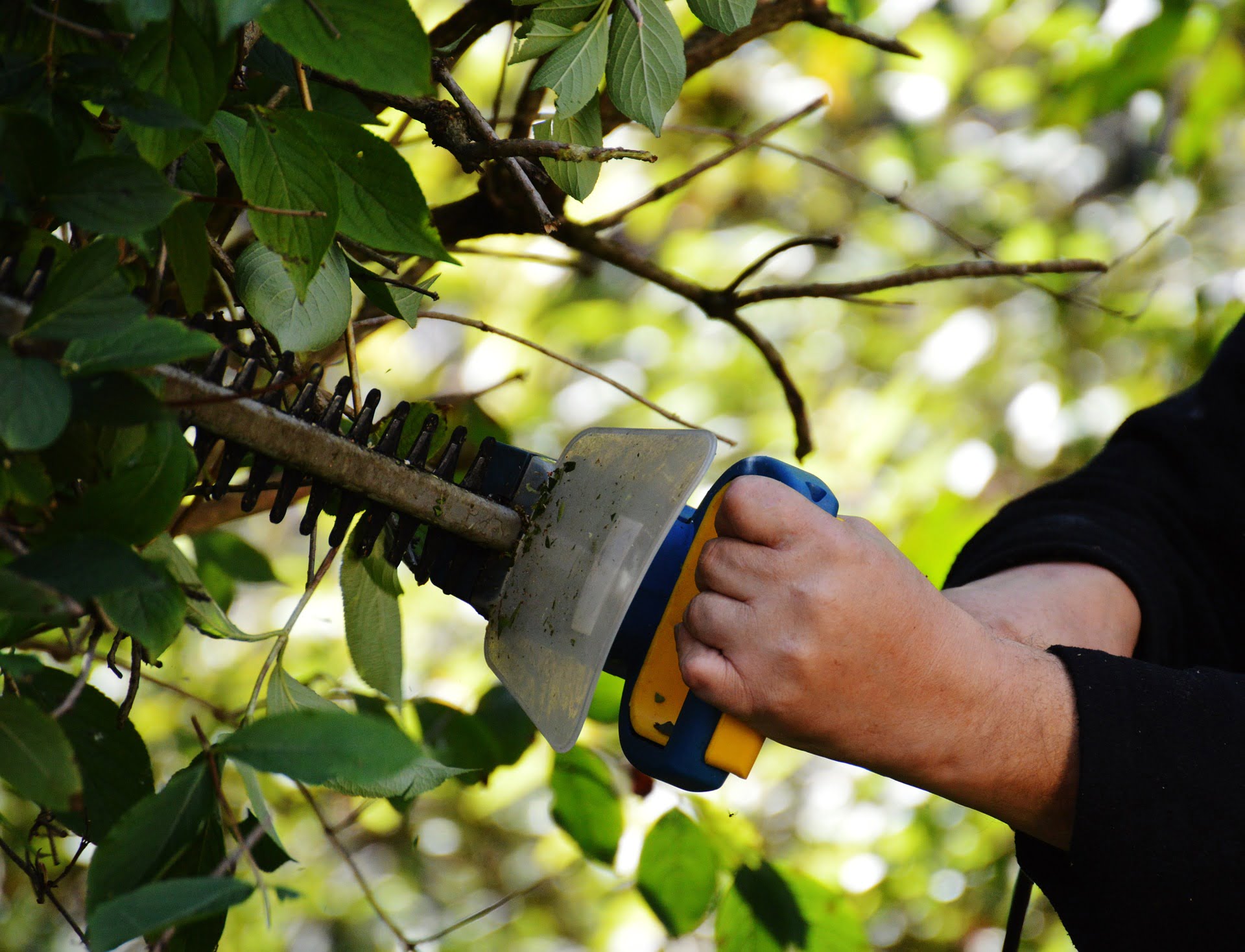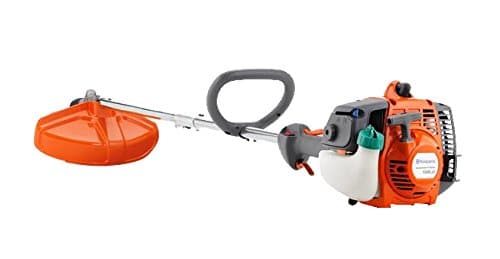Are you considering adding black mulch to your landscaping? Understanding the cost of mulch is essential for planning your project and budgeting effectively. In this article, we will explore the factors that influence the cost of a yard of black mulch, how to calculate the amount you need, and compare the advantages of buying in bulk versus buying bags. Let’s dive in!
Black mulch is a popular choice for homeowners looking to enhance their outdoor spaces. It not only adds a polished look to your garden but also helps in weed control and moisture retention. But how much does a yard of black mulch cost? Let’s find out!
Factors Affecting Mulch Cost
The cost of mulch can vary based on several factors. One key factor is the type of mulch chosen. Different wood species and materials have different prices, which can significantly impact the overall cost. For example, organic mulch, such as pine bark or shredded hardwood, is generally less expensive than inorganic mulch, such as rubber mulch.
Another factor that can affect the cost is the delivery method. Some suppliers charge a fee for delivering the mulch to your location, which can add to the total cost. Additionally, labor charges for installation should be taken into consideration if you plan on hiring professionals to spread the mulch in your garden or flower beds.
It’s also important to consider any additional landscaping services required. If you need additional soil preparation, weed removal, or any other landscaping work done before mulch installation, these services may increase the total cost.
By considering these factors, you can make an informed decision about the type of mulch, delivery method, and installation services that best fit your needs and budget.
How to Calculate Mulch Needed
To ensure you have the correct amount of mulch for your gardening project, it’s important to calculate the mulch needed accurately. By following a simple formula, you can determine the volume of mulch required for your garden area.
First, measure the length and width of your garden or flower bed using a tape measure. Record these measurements in feet.
Next, multiply the length by the width to find the area of your garden in square feet. For example, if your garden is 10 feet long and 8 feet wide, the area would be 80 square feet.
Now, consider the desired depth of mulch you want to apply. A recommended depth is usually 2 to 4 inches, depending on your specific needs.
Multiply the area of your garden by the desired depth of mulch in feet. For example, if you want a 3-inch depth, you would multiply the area (80 square feet) by 0.25 (3 inches converted to feet), resulting in 20 cubic feet.
Finally, to convert the volume from cubic feet to cubic yards, divide the result by 27. In this example, dividing 20 by 27 would give you approximately 0.74 cubic yards of mulch needed for your garden.
Types of Mulch and Their Costs
When it comes to mulching your garden or landscape, there are several types of mulch to choose from, each with its own advantages and costs. Let’s explore the different mulch options and the prices associated with them.
1. Wood Chips
Wood chips are a popular choice for mulching due to their natural appearance and ability to enhance soil quality. They are typically made from a variety of wood species, such as oak, pine, or cedar. Wood chips generally cost between $30 and $60 per cubic yard, depending on the supplier and location.
2. Bark Mulch
Bark mulch is another common type of mulch that provides both aesthetic appeal and moisture retention properties. It is made from the outer bark of trees, such as pine or hemlock. Bark mulch prices range from $40 to $80 per cubic yard, depending on the quality and source of the bark.
3. Rubber Mulch
Rubber mulch is a synthetic alternative to traditional organic mulch options. It is made from recycled rubber materials, offering durability and long-lasting color. Due to the manufacturing process and materials used, rubber mulch tends to be more expensive, with prices ranging from $80 to $120 per cubic yard.
When selecting mulch, you also have the option to choose different colors to complement your landscape. Mulch colors may include red, black, or cedar hues. However, it’s important to note that dyed mulch is often pricier than natural mulch options.
It’s important to consider your budget and specific landscaping needs when choosing the type of mulch that best suits your project. While wood chips and bark mulch are more affordable choices, rubber mulch offers durability and long-term value.
As with any landscaping material, mulch prices can vary depending on factors such as location, availability, and quantity ordered. It’s recommended to contact local suppliers or garden centers to get accurate pricing information for your specific area.
Buying in Bulk vs. Buying Bags
When it comes to sourcing mulch for your landscaping needs, two popular options are buying in bulk or purchasing individual bags. Understanding the differences between these options can help you make an informed decision based on your project requirements and budget.
Buying mulch in bulk offers several advantages, including cost-effectiveness and convenience. Purchasing mulch in large quantities, typically measured in cubic yards, often results in discounts, making it more budget-friendly compared to buying individual bags. Additionally, bulk mulch can be conveniently delivered directly to your desired location by suppliers, saving you time and effort.
On the other hand, buying mulch in bags can be more suitable for smaller projects or for those who do not have access to bulk delivery options. Bagged mulch is easily accessible, and you can purchase the exact quantity you need without worrying about storage or excessive leftovers.
Ultimately, the decision between buying in bulk or buying bags depends on the scale of your project, your budget, and your personal preferences. Whether you choose the cost-effective option of bulk mulch delivery or the convenience of bagged mulch, both options can provide the necessary landscaping material to enhance the beauty and functionality of your outdoor spaces.
Mulch Delivery and Installation Costs
When it comes to mulch, delivery and installation costs are important factors to consider. The cost of mulch delivery can vary based on the distance and the amount of mulch being delivered. Whether you need a small amount for a residential project or a large quantity for commercial landscaping, delivery fees typically range from $40 to $100 or more, depending on the supplier and location.
Professional installation services are available for those who prefer to leave the work to the experts. While the cost of installation may vary, labor charges typically average between $20 to $45 per cubic yard of mulch. This cost includes the labor required to spread the mulch evenly throughout your garden or flower beds, ensuring proper coverage and a finished look.
In addition to traditional installation methods, there are alternative options available that may come with additional costs. Mulch blowing is a technique where mulch is blown into place using specialized equipment. This method is efficient and can save time, especially for large areas. However, mulch blowing services can incur an extra charge.
Another option to consider is the use of mulching sheets. These sheets are placed on the ground before mulching to help prevent weed growth, retain moisture, and improve the overall effectiveness of the mulch. While mulching sheets can be a valuable addition to your landscaping efforts, they may require an additional investment.
Before making a decision, it’s essential to evaluate your budget and landscaping needs. Consider the cost of mulch delivery, installation labor charges, as well as any additional services or materials you may require. By understanding the potential costs involved, you can make an informed decision that aligns with your budget and ensures a successful mulching project.
How Does Seeding a Lawn Affect the Cost of Black Mulch for Yard?
When considering the cost of black mulch for your yard, it’s important to plan lawn seeding budget ahead of time. Seeding a lawn can affect the amount of mulch needed, as a thicker lawn may require more mulch coverage. It’s essential to factor this into your overall landscaping expenses.
Conclusion
Mulch plays a vital role in landscaping, offering a range of benefits including effective weed control, moisture preservation, and aesthetic enhancement. The cost of a yard of black mulch is influenced by several factors such as the type of mulch, color preferences, delivery options, and installation services. When determining the required amount of mulch for your project, a straightforward calculation can assist you in making accurate estimates. Whether you choose to purchase mulch in bulk or by the bag, it is crucial to carefully consider the overall cost and select the option that best suits both your needs and budget.
By using mulch in your garden or flower bed, you can be confident in reducing weed growth and conserving moisture, which promotes healthier plants and reduces the need for excessive watering. The variation in mulch costs should be taken into account. The prices can vary substantially depending on factors such as the type of mulch selected, delivery distance, and any additional services required.
To summarize, black mulch is an excellent investment for landscaping purposes as it not only enhances the visual appeal of your outdoor space but also aids in maintaining plant health. By understanding the factors that influence mulch costs and ensuring an accurate calculation of the required amount, you can make an informed decision that aligns with your budget. Ultimately, the right choice of mulch and purchasing option will contribute to a flourishing and visually appealing garden or flower bed.





